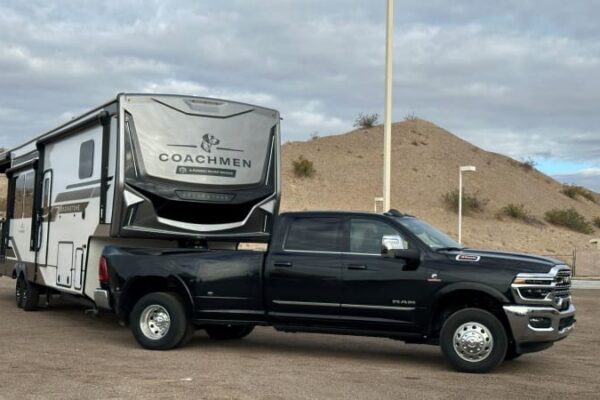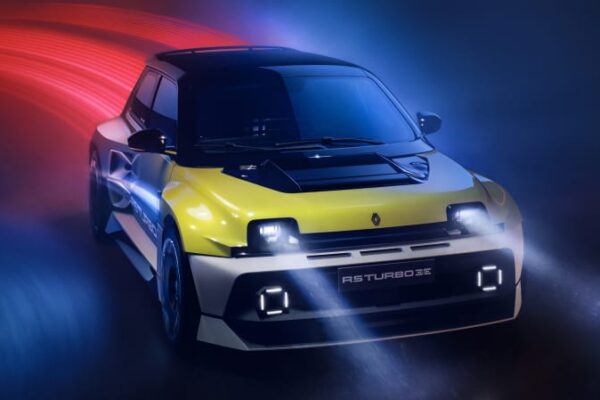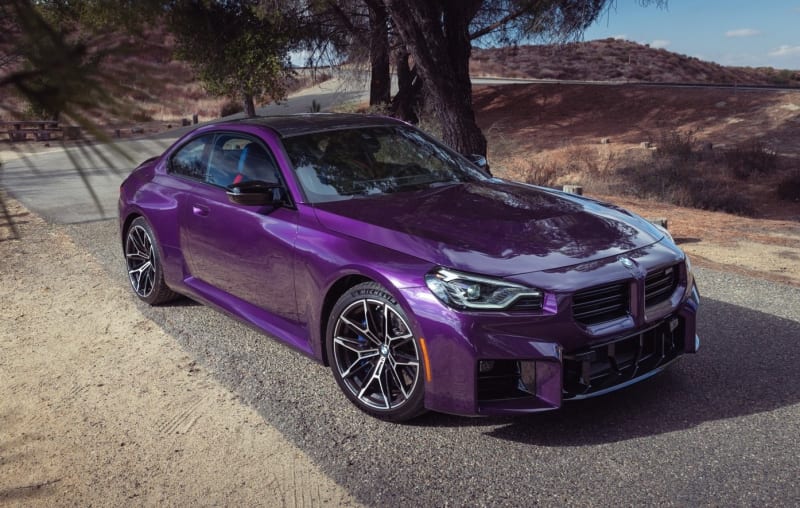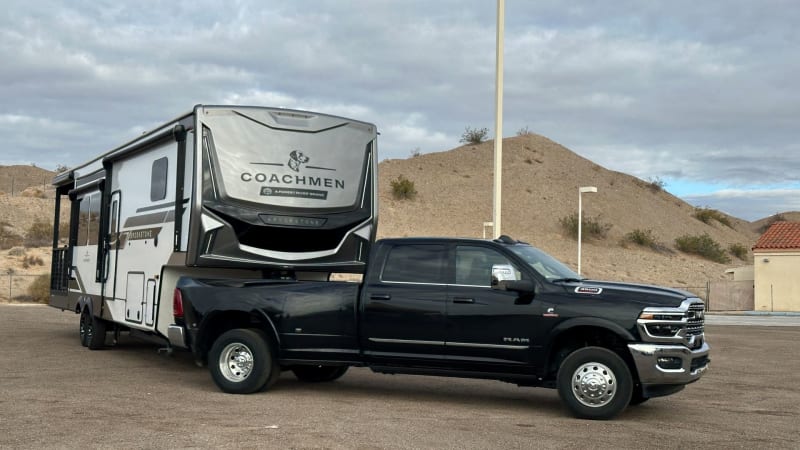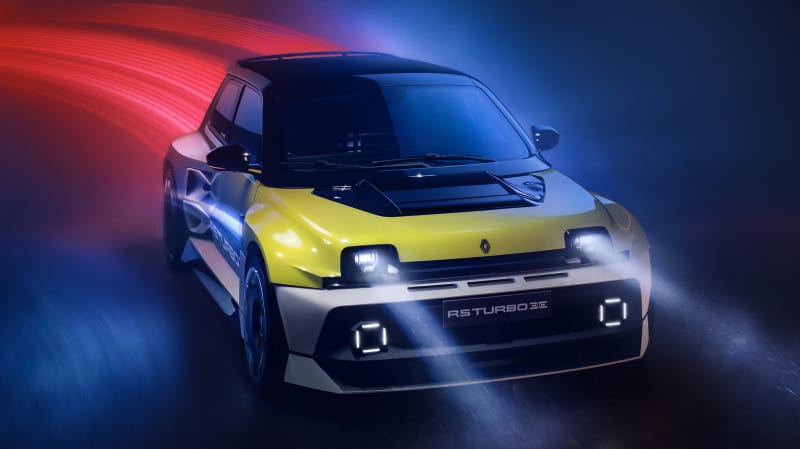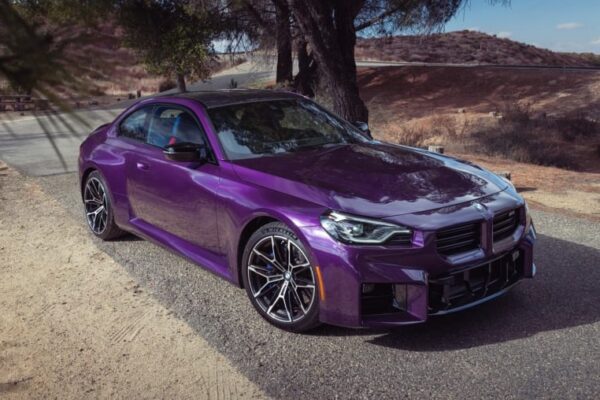
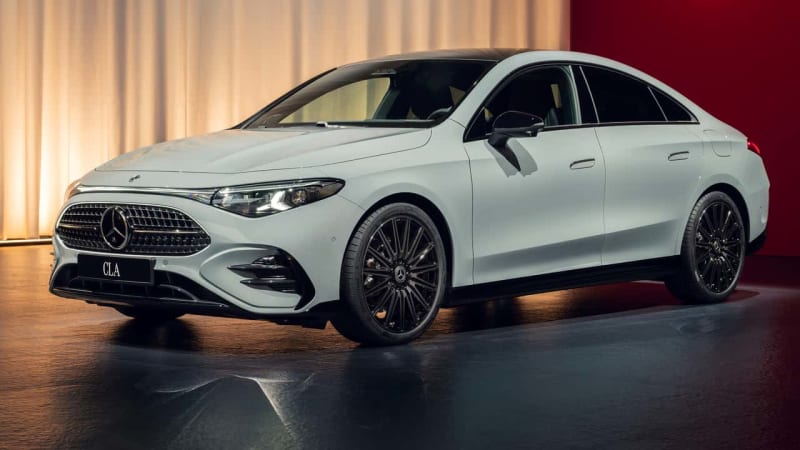
Electric Mercedes CLA Weighs More Than Base S-Class Model
Mercedes-Benz has been a beacon of innovation in the automotive world, continually pushing the boundaries of what luxury and performance mean in an era where electrification is becoming the norm. The new electric Mercedes-Benz CLA, however, is making headlines for an unexpected reason: it weighs more than the base S-Class model. This detail has captured the attention of car enthusiasts and industry analysts alike.
Understanding the Weight Discrepancy
The base Mercedes-Benz S-Class, known for its pinnacle luxury and sophisticated technology, traditionally has been a heavier vehicle due to its full-size sedan stature and an array of high-end features. Yet, the electric Mercedes CLA, a compact executive car that is usually positioned below the C-Class in Mercedes’ lineup, has been reported to tip the scales at a heftier figure than the entry-level S-Class. This raises some interesting questions about the current state and future of electric vehicles (EVs).
The “One-Liter Car” Inspiration
Mercedes-Benz CEO Ola Kallenius has often emphasized the need to make electric vehicles lighter and more efficient. He draws inspiration from the “one-liter car” concept—essentially a car that uses only one liter of fuel per 100 kilometers traveled. The goal is to make EVs not only more sustainable but also more efficient in every way, including reducing overall weight. Yet, the new electric CLA seems to contradict this mission statement.
However, it’s important to understand that electric vehicles usually weigh more than their internal combustion engine (ICE) counterparts due to the battery packs. Battery technology, while continually advancing, is still the primary contributor to the increased weight of EVs. The question here is, how does the electric CLA end up being heavier than a base S-Class?
Mercedes-Benz’s Electric Vehicle Strategy
Mercedes-Benz has been making significant strides in electrifying its lineup. The company aims to offer an electric alternative for every model it produces in the future. The upcoming electric Mercedes CLA is part of Mercedes’ broader strategy called the MMA platform (Mercedes Modular Architecture), designed specifically for compact and mid-size electric vehicles.
Mercedes claims that the new electric CLA will have a remarkable range of over 466 miles (approximately 750 kilometers) on a single charge thanks to an ultra-efficient energy consumption of about 12 kWh/100 km (or about 5.2 miles per kWh). To put this in perspective, the Tesla Model 3 Long Range achieves an efficiency of around 4.8 miles per kWh.
Components Contributing to the Heft of the Electric CLA
- Battery Pack: The most significant contributor to the increased weight is the electric CLA’s battery pack. High-capacity batteries needed to achieve a 466-mile range are typically very heavy.
- Structural Supports: To ensure safety and structural integrity, additional reinforcements might be needed to support the heavy battery pack and manage the vehicle’s overall weight distribution.
- High-Tech Features: If the electric CLA is loaded with advanced technological features such as state-of-the-art infotainment systems, augmented reality displays, and advanced driver-assistance systems (ADAS), it could add to the overall weight.
Comparing the Electric CLA and the Base S-Class
The base Mercedes-Benz S-Class, such as the S 500, typically starts at a curb weight of around 4,630 pounds (2100 kilograms). To compare effectively, one needs to look at the weight of a comparable fully electric vehicle. The electric Mercedes-Benz EQS weighs approximately 5,400 pounds (2,449 kilograms), which is a more apt comparison for a full-figured luxury electric sedan. However, the revelation that the new electric CLA could exceed the base S-Class’s weight is indeed surprising.
Potential Reasons for Surpassing S-Class Weight
- Battery Technology: Even as battery technology advances, high-capacity batteries remain heavy. Given that Mercedes aims for a high range, a larger battery pack might be necessary.
- Safety Requirements: EVs need to adhere strictly to safety norms which might require additional protective structures for the battery pack, further adding weight.
- Performance Features: If the electric CLA is equipped with dual motors for all-wheel drive and high performance, the additional motor and associated hardware could contribute extra weight.
The Implications of a Heavier Electric CLA
While a heavier vehicle might not directly impact the driving experience thanks to the immediate torque provided by electric motors, it does have several implications:
- Handling: A heavier vehicle might have a different handling and braking behavior. While modern suspension systems can mitigate some of the negative impacts, significant weight can make a vehicle feel less agile.
- Efficiency: More weight generally translates to greater energy consumption. Despite Mercedes’ claims of high efficiency, a heavier vehicle requires more power to move, which could potentially offset some of the battery’s range benefits.
- Wear and Tear: Heavier vehicles tend to cause more wear on tires, brakes, and road surfaces.
- Environmental Impact: Although EVs generally have a lower carbon footprint over their lifecycle compared to ICE vehicles, a heavier EV could mean a larger carbon footprint during manufacturing due to the greater need for raw materials such as lithium for batteries and steel for structural reinforcements.
Market Response and Consumer Reactions
The auto market is divided on this news. On one hand, some potential buyers might be concerned about owning a car that is heavier than a full-size luxury sedan like the S-Class. The concerns typically revolve around handling and maintenance costs associated with heavier vehicles.
On the other hand, a segment of consumers might find the extended range and advanced technological features worth the trade-off in vehicle weight. The electric CLA promises a top-of-the-line EV experience with a cutting-edge MBUX system, self-driving capabilities, and a luxurious interior that might make the extra weight a secondary concern.
Innovation in Battery Technology and Future Prospects
Mercedes-Benz is investing heavily in advanced battery technology. The company has recently made strides in battery cell chemistry which they claim will increase energy density while reducing weight. However, such advancements seem not to have yet been fully realized in the new electric CLA.
The company aims to make significant advancements such as solid-state batteries available later in the decade. These batteries promise higher energy densities, faster charging times, and lighter weight which could make future EVs like the next-generation CLA much lighter.
Conclusion
In conclusion, the new electric Mercedes CLA making headlines for being heavier than the base S-Class model underscores the challenges automakers face in balancing battery capacity, range, and vehicle weight. While current battery technology makes it difficult to avoid a heftier vehicle when aiming for a high-performance, long-range EV, Mercedes-Benz continues to push for innovations that could make future electric models lighter and even more efficient.
This is a transitional phase where automakers must balance current technological realities with an eye on future advancements. For now, the electric CLA stands as a testament to the possibilities and limitations of today’s electric vehicle technology while hinting at a promising future where the next generation of electric vehicles could be both lightweight and incredibly efficient.


